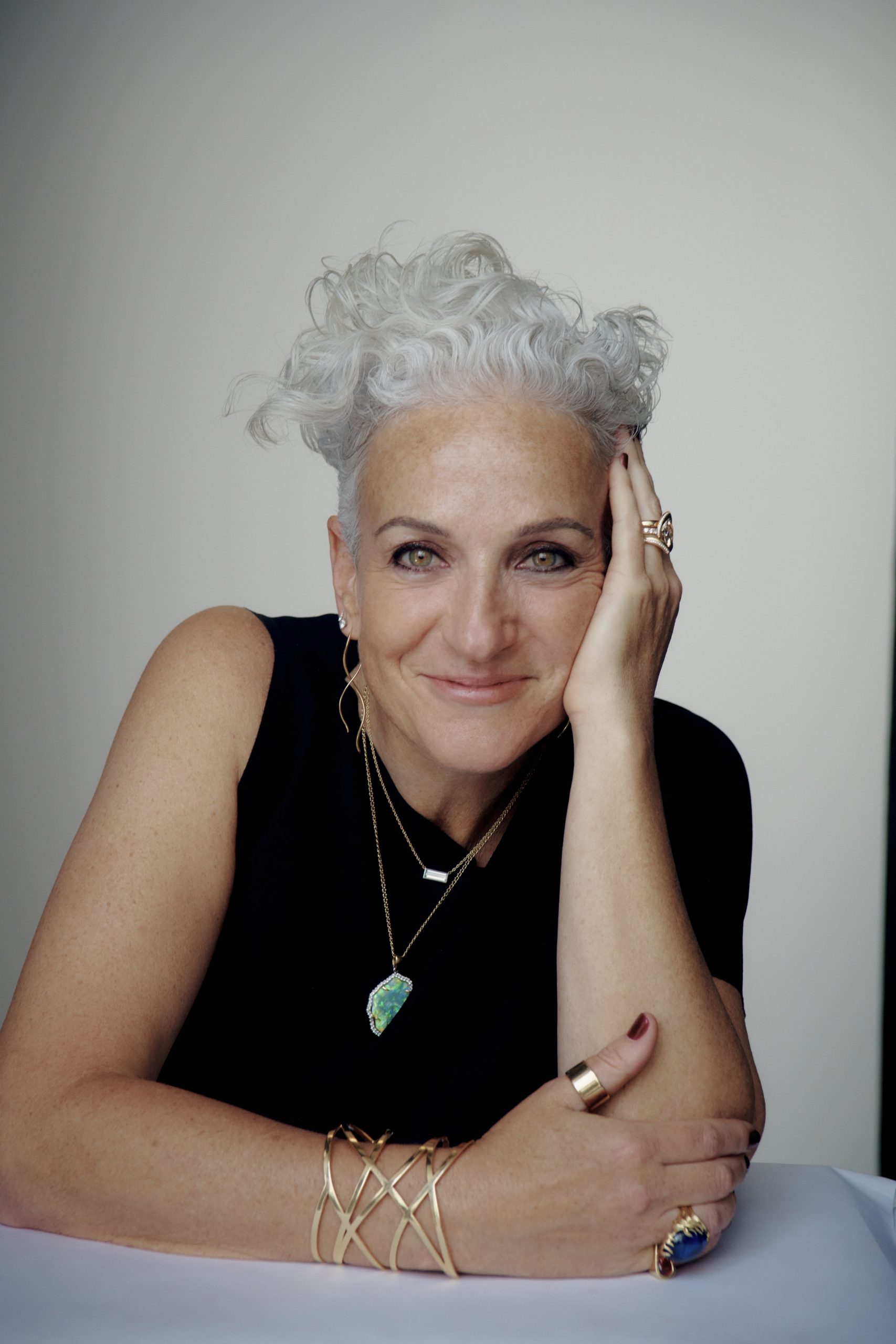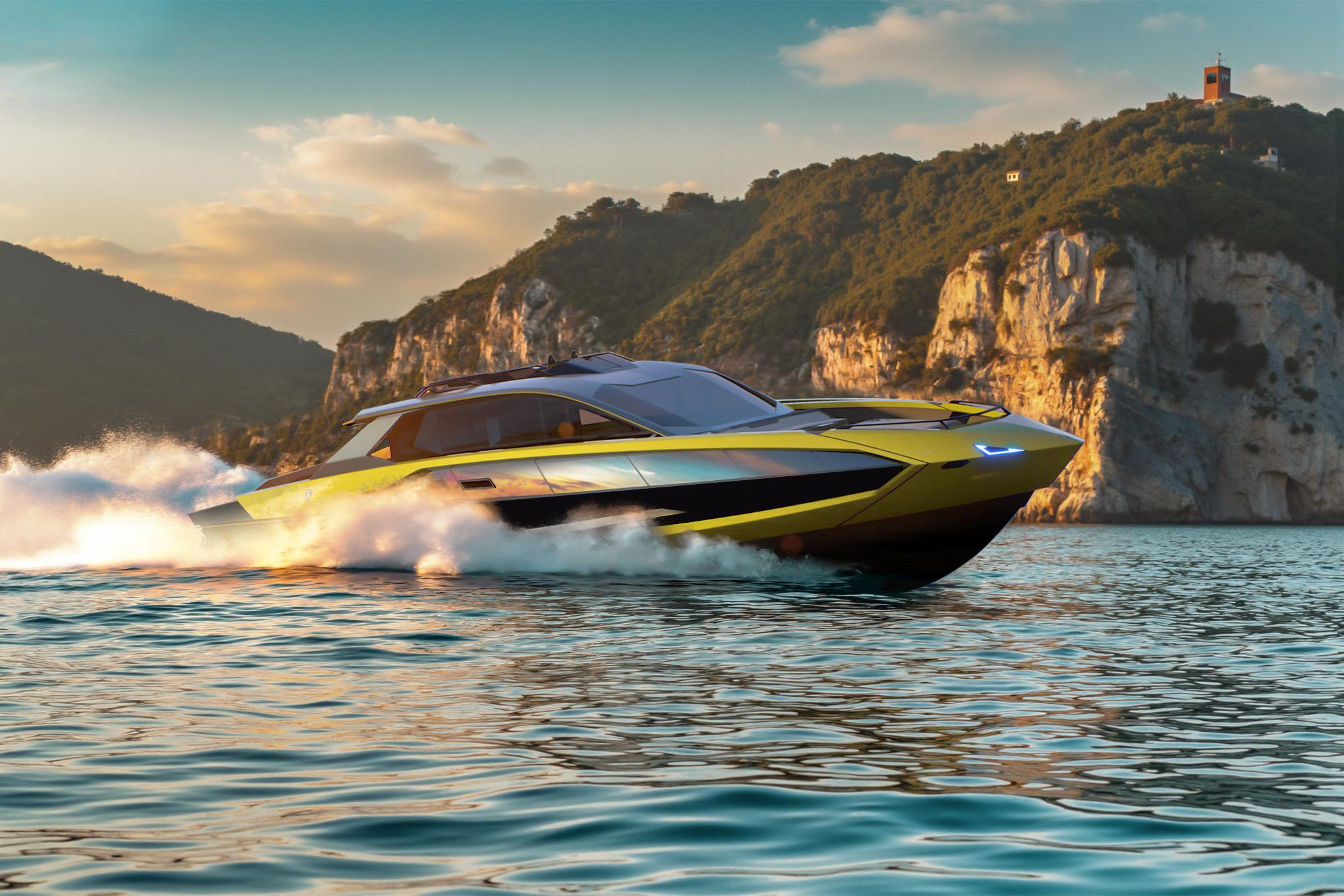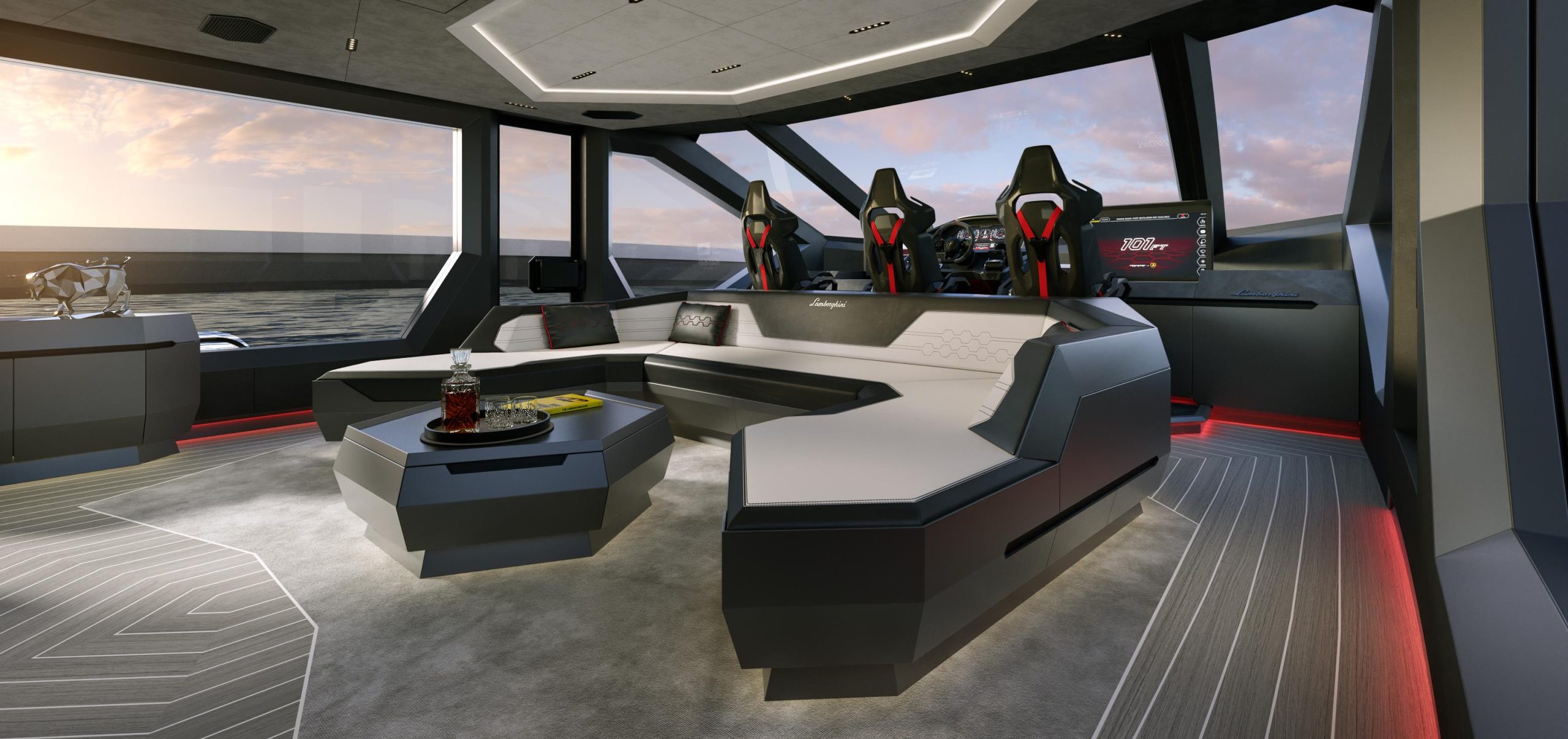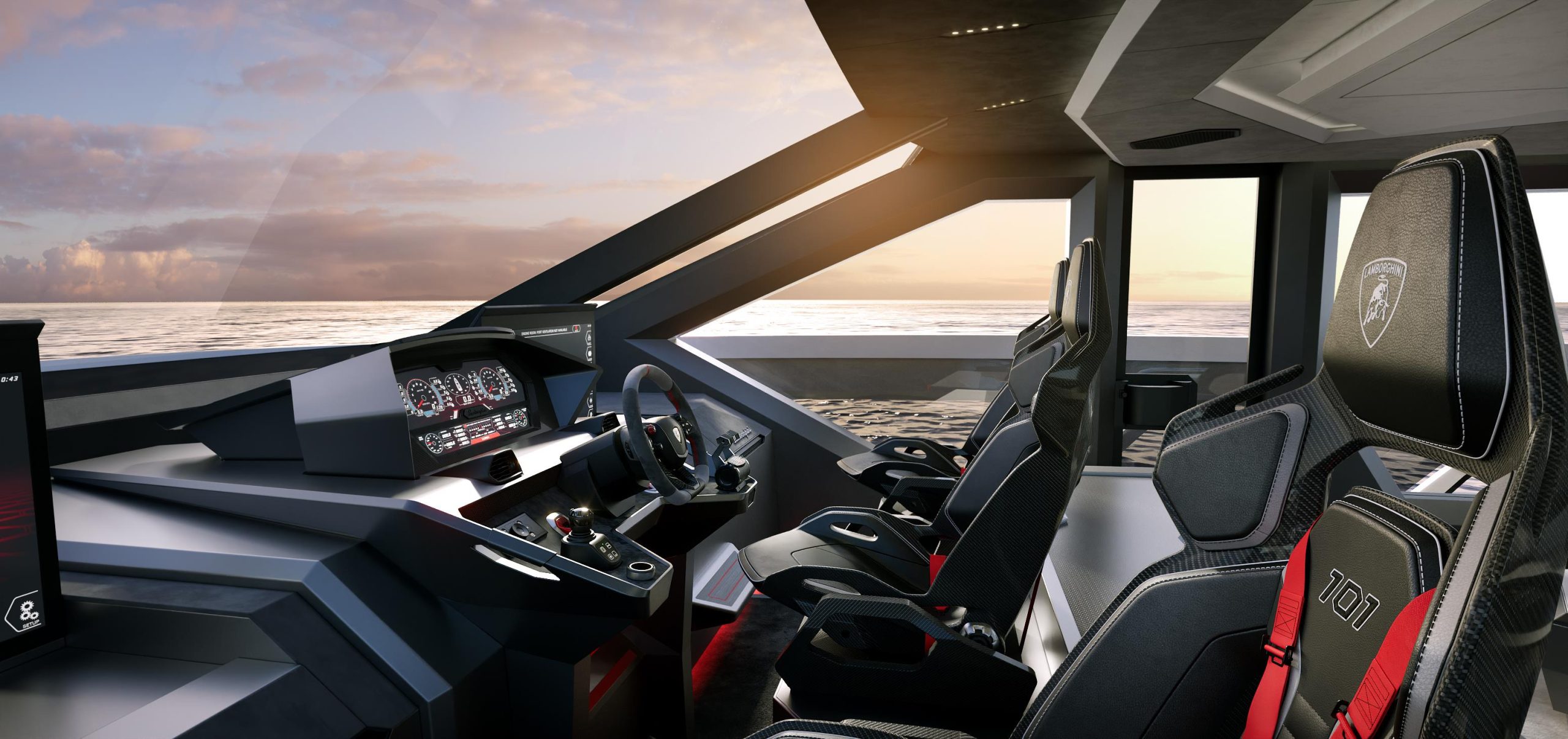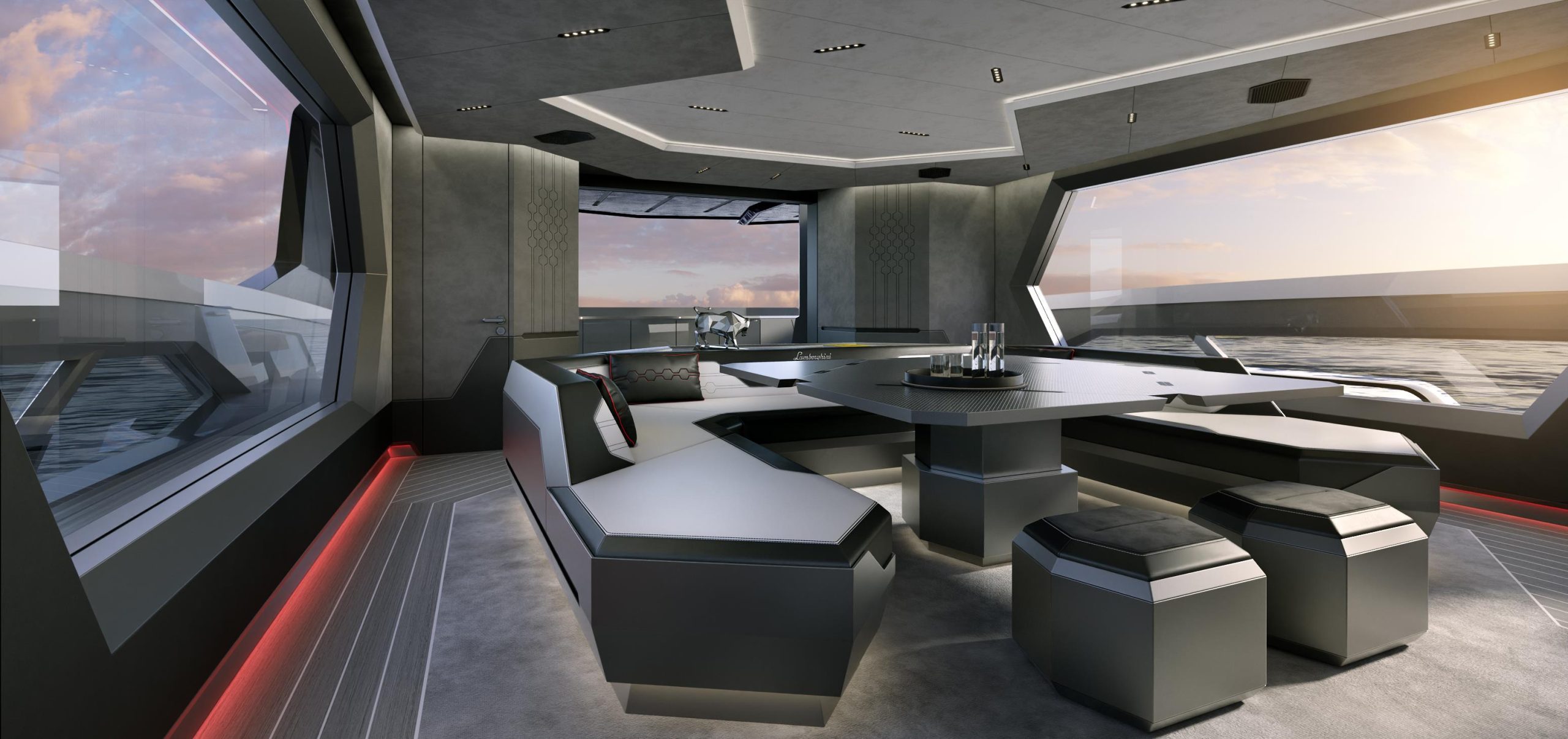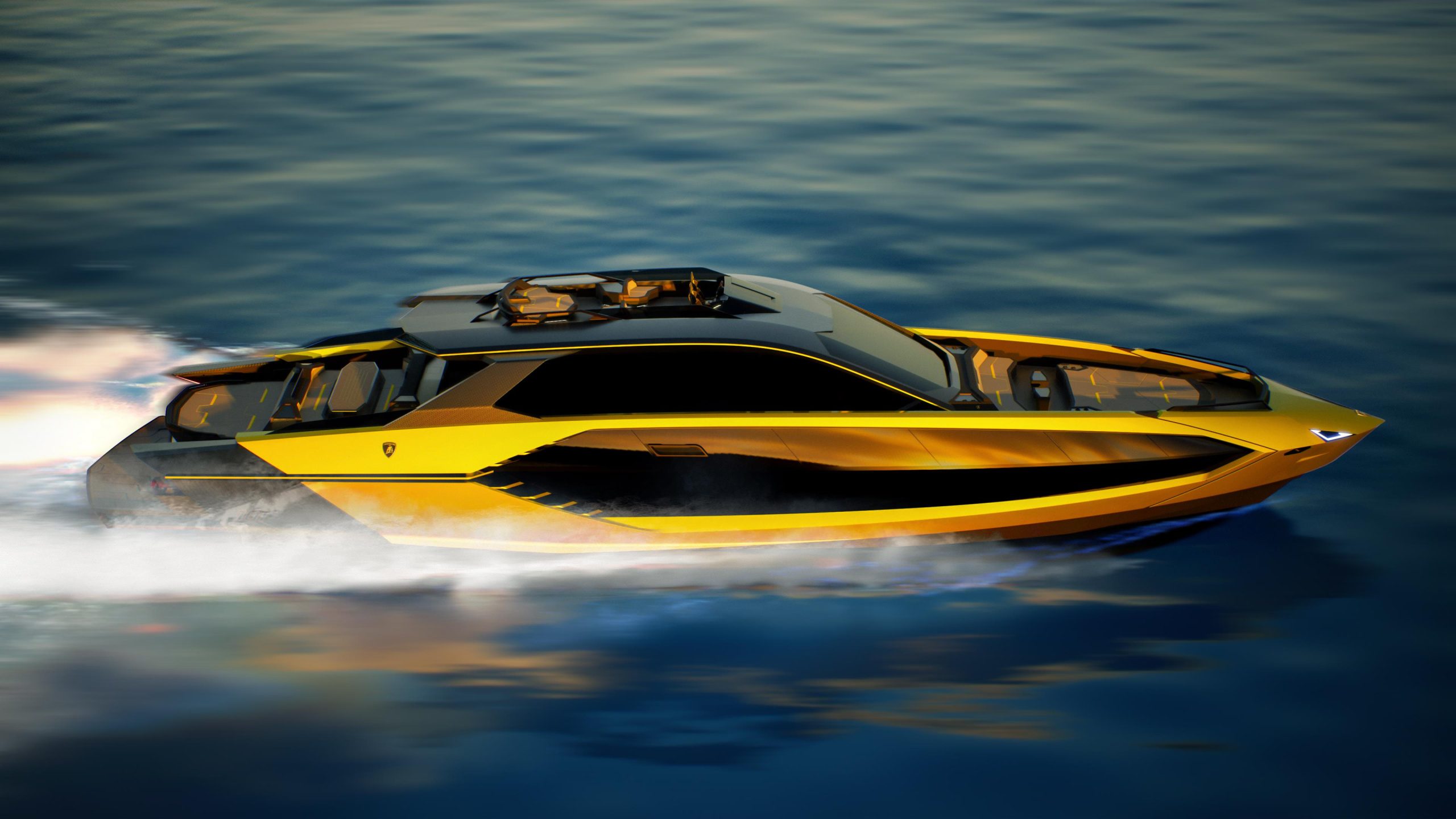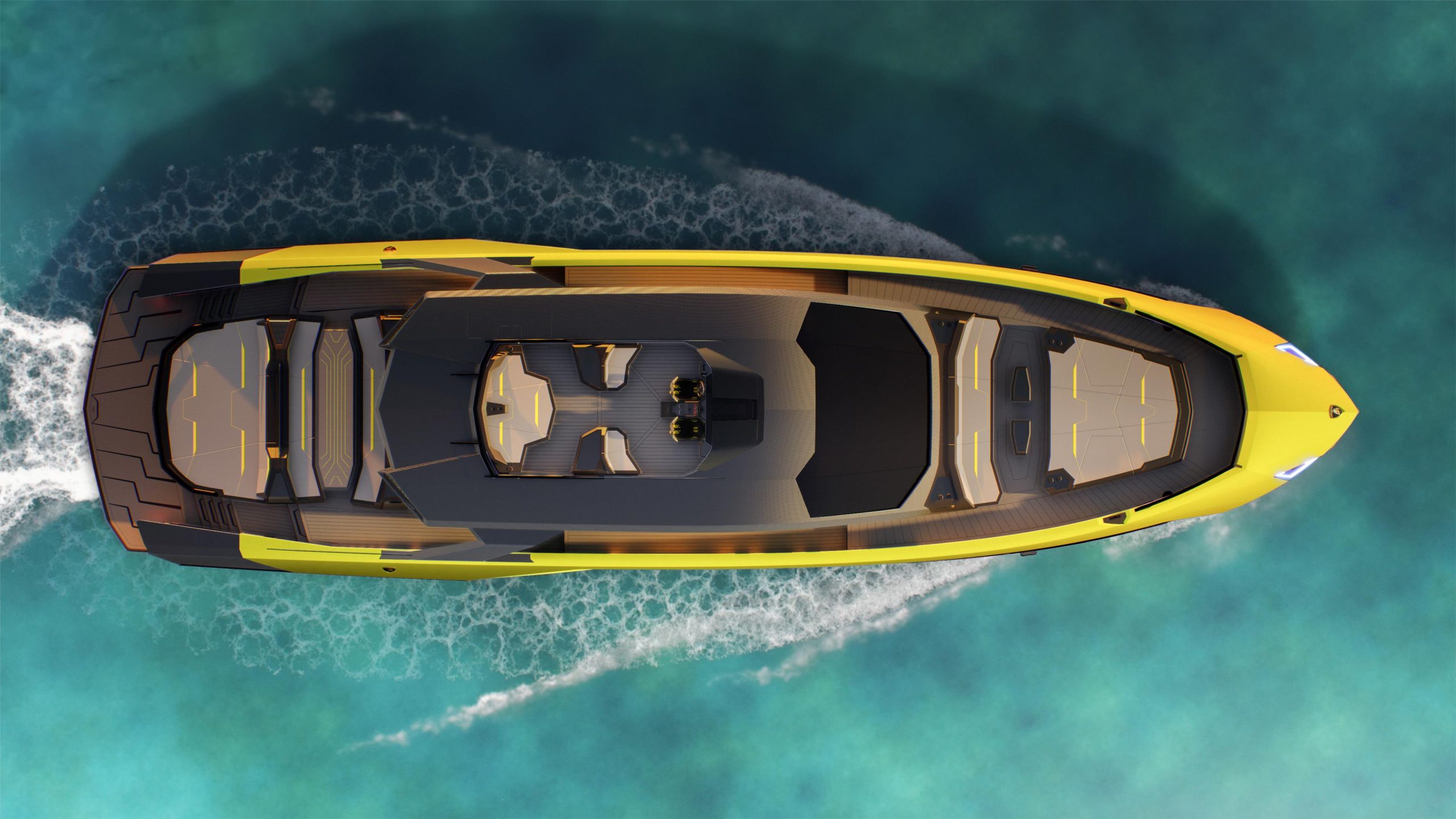15 minutes with: pink diamond jewellery designer Nadia Neuman
In this occasional series, Nadia Neuman shines a light on the sparkling family business she grew up in – and why she almost didn’t join the firm
Nadia Neuman continues the legacy her parents Fred and Maria started back in the 1960s at Mondial, striking out on her own as creative director of Mondial by Nadia. Here, on the 30th anniversary of Mondial’s flagship Queen Victoria Building store, she shares the story behind the Australian business and its association with the Argyle pink diamond mines that it built its reputation on.
Given your family background, were you always destined to create jewellery?
For many years, I tried to steer clear of it, but considering the profound passion I have for jewellery and the immense joy I get from doing what I do, then I’d probably say yes, it was always meant to be.
How did you get started?
I was always creative and happiest in a creative environment. I used to work part time in the boutique in the QVB from the age of 17 and studied and worked in advertising both locally and overseas.
When I was 25, I opened a café in Bondi. While working there, my father asked me to design a piece of jewellery for him to enter the De Beers Millennium Competition. I spent a few evenings sketching it, sent it off to the US and much to my surprise, we won an award for it. Looking back, my father had subtly dangled a carrot that was to eventually inspire many competition entries. There was never any pressure to join the family business, in fact, the opposite was true. I was discouraged from joining because my father believed there were many other jobs I could have that would be far more fruitful. I closed the café in around 2003 with absolutely no money, not knowing what my next steps were. I had painted these massive pot plants we had in the courtyard of the café in order to make some money. I drove around from restaurant to restaurant trying to sell the pot plants. It was a difficult time for me, my partner was sick and my business was closed. I found a strand of small Keshi pearls of my late mother’s and I bought myself a $25 strand of rose quartz. I cut up the strand of pearls and rose quartz and made myself a necklace to wear for a little self-love.
I was stopped on the street by two women who admired it and asked me to make them one each. I took a 50% deposit, made them their necklaces and with the profits, bought extra crystals and pearls. I then spent days at my dinner table, surrounded by these beautiful gems, with the sunlight streaming in, listening to music, creating necklaces. I didn’t have any money to buy jewellery rolls to wrap the necklaces in, so I cut up my leather pants, wrapped the jewels inside and carried them down to the nearest café to value while I had my morning coffee. I looked up to see a group of excited women surrounding me wanting to purchase some for themselves. They placed orders, I took deposits, and I went back to my supplier to buy more stones. My gemstone supplier asked if I could help her selling her gems at a trade fair and I made a deal with her that I’ll happily work for free on the condition I get to use half of her display for my own jewellery. I spent a few weeks making these beautiful jewels and we had queues of people wanting to buy my necklaces. I got orders from all over the country, so I bought my self some jewellery rolls and a bag to take them travelling and spent the next few years wholesaling around Australia, selling my jewels.
That was the beginning of my wholesale business. A few years later, I felt ready to join the family business. I had proven to myself that my eye was unique, that the quality and care of my craftsmanship was better than many already existing in the market and that I could run a business on my own.
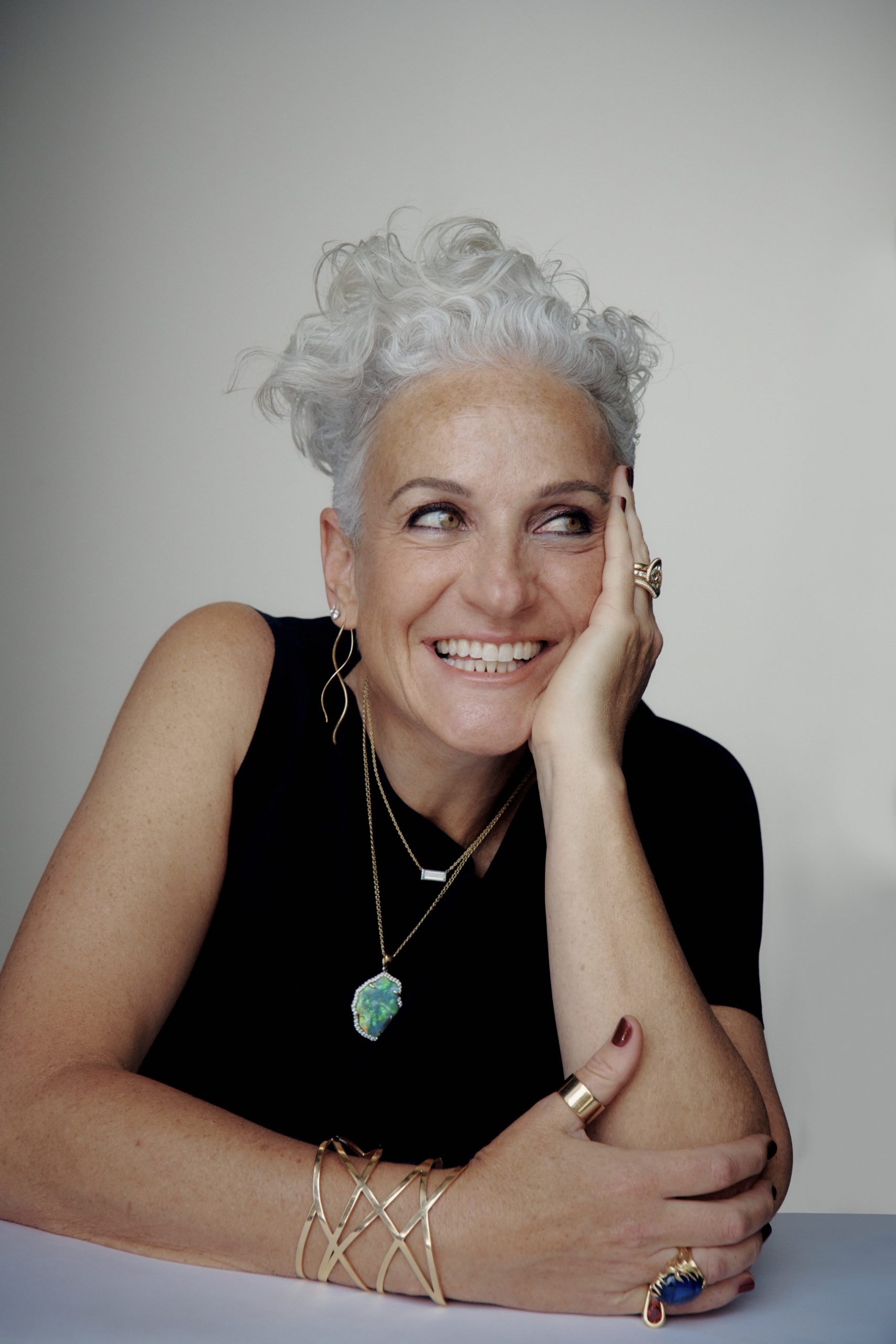
What are your design influences?
I believe that a person’s inherent sense of style and design aesthetic is frequently shaped by their early surroundings and environment. Whether you find solace in the familiar or seek a style that stands in stark contrast, these influences play a pivotal role. In my case, I was raised by an unconventional mother. She was a remarkably proud and glamorous woman who adorned herself in extraordinary jewellery. Her jewellery was daring, vibrant and sculptural, a manifestation of her individuality. Each piece was distinctive, captivating, and exquisitely crafted and conveyed a narrative about who she was. This is how is perceive jewellery, that it’s a reflection of the individual wearing it!
My other design influences are the people and the businesses that share these similar values. That style is not about wearing big brands and owning the same things that multitudes of other people have, that design and style are personal and should be unique. That, to me, is luxury.
I like contemporary design. I like organic forms and simple and clean lines. I love natural materials, earthy tones and luscious yellow gold. It’s the natural world that inspires me the most and I find little touches of the things I love everywhere.
Has your style changed? In what way? Why?
My style has undergone a continuous evolution, and it still does as I age. With time, I’ve noticed that my style has become more refined. I have a clearer understanding of what resonates with me, why it does and what draws me in. I anticipate that this evolution will continue as I grow both professionally and personally.
Why strike out with Mondial by Nadia as a separate entity?
We were winning many design awards. It was great to be recognised for this, both within the industry and by the public. Mondial had already been established for a long time and was well known for being a specialist in coloured diamonds and beautifully made, fine quality pieces. My father had great instincts and took risks but there wasn’t a lot of focus on design. It made sense regarding Mondial’s evolution and what I could contribute to the family business, it came to a stage where there were other things I wanted to introduce with the business creatively.
We were great at listening to what the clients wanted and grew our business from there. There is a certain type of client that strolls through the beautiful Strand Arcade, they are looking for unique Australian craftsmanship, they’re design focused and they like old world charm as well as contemporary design. I wanted to offer a bespoke service so that we could make our clients something uniquely for them and about them, this service is now 90% of our business.
Your business relies heavily on personal service and design customisation. Do you have an instinct for what a client might like on first impressions or do people surprise you?
Both. I don’t know if you can call it instincts but rather an educated guess from years of experience and a keen desire to make the client happy. There are clients who come in with a clear idea of what they love and all we do is refine the details. Then there are clients that have very little idea about what they would like. These are the ones that really have no pre-existing relationship with meaningful jewellery and perhaps no clear idea of their own style and taste. I’ve learnt to know what questions to ask them to be able to get a better idea of the things they like. Asking whether they like contemporary, streamlined, simple design or vintage, detailed, old world romantic design is a good place to start. Then asking about shapes; if their preference is round organic forms or structured, linear shapes. Lastly, we ask about colour, then we move on from there. Once we get an idea of style, shape and colour, the rest is all in the finer details.
This is especially useful when we have a client come in wanting to purchase a surprise gift for their partner. If they don’t know what style, shape, colours their partner would like then I ask them to think about the contents of their home. The vases and bowls and picture frames they own reveal a lot about whether they like square lines or organic forms. Their favourite car, shoes and clothes are also usually consistent with their preference of shapes, whether rounded and flowing or structured and streamlined.
What is it about fine jewellery that evokes a strong emotional response from people?
Nothing truly holds profound significance unless it is imbued with meaning. People often develop a deep connection with jewellery through their formative years and it evokes a sense of nostalgia. It stems from witnessing their mother or grandmother adorned with beautiful jewellery, and from listening to the narratives surrounding these adornments, such as their origin and the sentiments they encapsulate. Fine jewellery, in essence, weaves narratives.
It serves as a vehicle to commemorate cherished moments in time, preserving the recollections of love, joy, and accomplishments. It weaves tales about the existences and principles of family members who have since departed, the bonds they formed, and the milestones they marked. It knits together life, people, and celebrations. It is an embodiment of quality and exceptional craftsmanship, a legacy passed down through generations, carrying with it these stories and fostering new ones. Jewellery is about the connection and fleeting moments that are meaningful to us.
What pieces of jewellery have special significance for you?
I wear my mother’s sapphire ring every day. It’s a 65ct cabochon sapphire from Kashmir. The only Kashmir sapphires currently in existence are from when the mine was operating between 1881 to 1887. It’s an exceptional and very rare stone. My mother designed the ring for it about 45 years ago. It’s a yellow gold sculptural design and she wore it on her pinkie finger. It is my favourite thing.
I have a beautiful red spinel that I discovered in the back of my fathers safe. When I was a teenager, I remember my mother designed a yellow gold lions head ring and set the red spinel in its mouth. She must have melted down the ring, kept the stone and I have designed a very modern ring for it to wear on my own pinkie.
I also have a 5ct marquise cut golden champagne diamond from the Argyle mine for my engagement ring. After my father passed away, I inherited some gold granules, I melted them down and made my ring. It’s a unique design that I love a lot, I got married a couple of months after he passed, and I consider it a little wedding gift from my folks.
What gems and precious metals do you enjoy working with most? Why?
I love working with coloured gemstones and coloured diamonds. Anything of very fine quality. I love stones that do what they’re supposed to do well. You assess the quality of the colour by the intensity and consistency of colour. You’ll generally find, the deeper the colour, the rarer and more valuable the stone but then it also needs to be a bright stone with a lot of life in it. That can sometimes rely heavily on the stone cutter bringing out the best in the gem. I love every coloured stone, my favourite being a deep rich green emerald. They are beautiful bright, happy stones with a regal feeling about them.
Is jewellery an investment?
I would say anything of exceptional quality is always an investment. The price of exceptional gemstones increases and so does gold. I think that anything that gets rarer over time is a good investment, but an investment is only as good as the market you want to sell it in.
I would say that owning a piece of beautiful, fine jewellery and the pleasure it brings you is far more satisfying than the money selling it could get you.
In a family business such as yours, how do you see your mother’s design legacy?
Its integral and has influenced every part of my business. Not just her design but the way her and my father conducted the business. It’s a beautiful way to run a business and one that I will endeavour to continue to the best of my ability.
What influence in terms of business and design has she had on you?
Regarding business, both of my parents ran a business that supported the jewellery community. My parents felt a responsibility to the jewellers, setters, polishers and gemstone suppliers they worked with. They were conscious of the fact that all these people had families to support. They ran their business on a handshake and that involved trust and being trustworthy. Reputation was everything, they were honest and generous and ran the business with integrity.

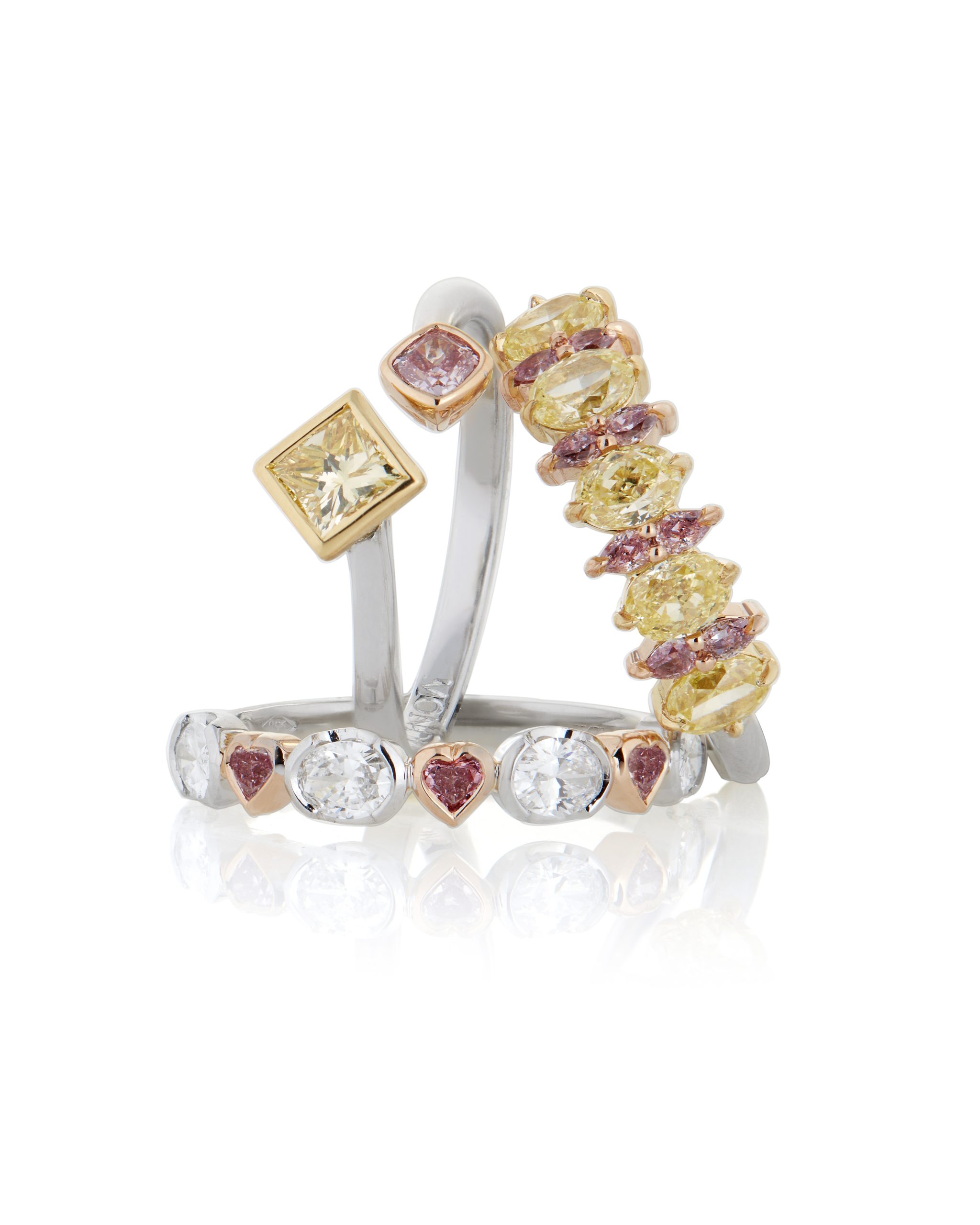
Mondial is known for its access to pink diamonds. With the Argyle mine now closed, what do you see as the future for the business as the stockpile diminishes?
We’ve been established for a long time and have a very loyal client following. We will continue to take pride in the quality and craftsmanship of our work and the beautiful gems we source. We understand that our customers, both existing and new, are one of the main reasons we have come this far, and we will continue to offer them the best customer service we can. We will take these qualities with us into the future of Mondial with new designs and beautiful new creations. We will continue to listen to the collective consciousness, be open to change and curious enough to address these changes to the best of our ability.
A divide has opened in the tech job market between those with artificial-intelligence skills and everyone else.
A 30-metre masterpiece unveiled in Monaco brings Lamborghini’s supercar drama to the high seas, powered by 7,600 horsepower and unmistakable Italian design.
A 30-metre masterpiece unveiled in Monaco brings Lamborghini’s supercar drama to the high seas, powered by 7,600 horsepower and unmistakable Italian design.
When Lamborghini takes to the water, subtlety isn’t on the agenda. Unveiled at the Monaco Yacht Show, the Tecnomar for Lamborghini 101FT is a 30-metre superyacht that fuses Italian automotive theatre with cutting-edge naval engineering.
The model builds on the collaboration that began in 2020 with the Tecnomar for Lamborghini 63, a sell-out success that celebrated the marque’s founding year.
This new flagship pushes the partnership between Automobili Lamborghini and The Italian Sea Group to a grander scale, designed to deliver the same adrenaline rush at sea that drivers expect behind the wheel.
“The Tecnomar for Lamborghini 101FT redefines the concept of nautical luxury,” said Stephan Winkelmann, Chairman and CEO of Automobili Lamborghini.
“It is not only a yacht, but an affirmation of Italian excellence. The Italian Sea Group and Automobili Lamborghini share an exclusive clientele who are passionate about beauty, technology, and extreme performance.”
Design cues are unmistakably Lamborghini. The yacht’s sharp exterior lines echo the Fenomeno supercar revealed at Monterey Car Week, complete with Giallo Crius launch livery and signature Y-shaped lighting.
Inside, the cockpit and lounges mirror the DNA of Sant’Agata supercars through hexagonal motifs, sculptural seating and dramatic contrasts. With accommodation for up to nine guests and three crew cabins, indulgence meets practicality on every deck.
Performance is equally uncompromising. Three MTU 16V 2000 M96L engines and triple surface propellers generate a combined 7,600 horsepower, driving the yacht to 45 knots at full throttle, with a cruising speed of 35 knots. Two 35 kW generators provide additional efficiency and reliability, ensuring the yacht’s power matches its presence.
Mitja Borkert, Lamborghini’s Design Director, said: “With the Tecnomar for Lamborghini 101FT, we aimed to create a product that embodies the main design characteristics of our super sports cars. All the details, from the exterior to the colour, to the interior areas, recall and are inspired by Lamborghini’s DNA.”
Presented in scale at Monaco, the definitive Tecnomar for Lamborghini 101FT is scheduled to hit the water at the end of 2027. For those who demand their indulgence measured not only in metres but in knots, this is Lamborghini’s most extravagant expression yet.
ABC Bullion has launched a pioneering investment product that allows Australians to draw regular cashflow from their precious metal holdings.
Micro-needling promises glow and firmness, but timing can make all the difference.









